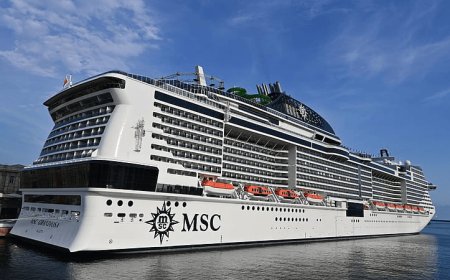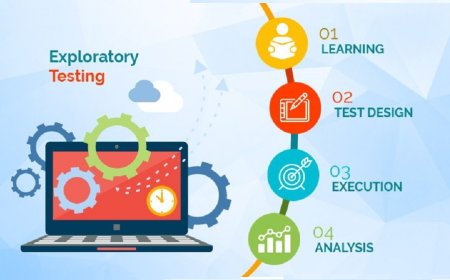Global Metal Recycling Market: Size, Trends, Drivers & Forecast to 2033

Metal Recycling Market Analysis: Global Trends, Opportunities, and Competitive Landscape
The globalmetal recycling marketis undergoing significant growth, propelled by increasing environmental concerns, rising metal consumption, and supportive regulations for circular economies. According to industry analysis, the market was valued atUSD 68.45 billion in 2024and is projected to rise fromUSD 73.62 billion in 2025 to USD 138.74 billion by 2033, expanding at acompound annual growth rate (CAGR) of 8.2%during the forecast period (20252033). Heightened demand for secondary raw materials and energy savings from recycling are key factors driving this expansion.
Top 5 Trends in the Metal Recycling Market
1.Rising Demand for Sustainable Raw Materials
Governments and industries are increasingly focusing on reducing carbon footprints by replacing virgin metals with recycled ones, particularly in sectors like automotive, construction, and electronics.
2.Technological Advancements in Sorting & Processing
Innovations in AI-powered scrap sorting, shredding automation, and advanced furnace technologies are improving recycling efficiency and material recovery rates.
3.E-Waste Recycling Expansion
With the surge in global electronic waste, metal recyclers are capitalizing on the recovery of valuable metals like copper, aluminum, and rare earths from discarded electronics.
4.Growth of Urban Mining
Urban mining is emerging as a strategic method to extract metals from existing infrastructures, landfills, and obsolete products, reducing dependency on traditional mining.
5.Policy Support & Regulatory Push
Environmental regulations like Extended Producer Responsibility (EPR) and scrap import/export policies are shaping global metal recycling practices and trade flows.
Key Players and Their Latest Developments
-
Sims Limited
-
A global leader in metal recycling, Sims has expanded its operations into electronics recycling and urban mining. In 2024, it launched a new AI-powered material recovery facility in North America.
-
-
ArcelorMittal
-
The steel giant emphasizes circular steel solutions. It recently invested in closed-loop scrap systems to recycle steel from old buildings and infrastructure.
-
-
Nucor Corporation
-
A major electric arc furnace (EAF) steelmaker, Nucor focuses on sustainable steel production using scrap. The company has announced a $1.5 billion investment to upgrade its scrap-processing capabilities.
-
-
Aurubis AG
-
Europes largest copper recycler, Aurubis is innovating in e-waste metal recovery and announced a pilot plant for recovering precious metals from printed circuit boards.
-
-
Tata Steel
-
Through its "FerroHaat" initiative, Tata Steel is building a formal scrap ecosystem in India and expanding its steel recycling operations through digitized scrap sourcing.
-
-
Commercial Metals Company (CMC)
-
CMC is expanding its capacity with new EAF mills and modern scrap collection yards to meet increasing demand from construction and infrastructure projects.
-
-
Omnisource Corporation (Steel Dynamics)
-
Omnisource focuses on ferrous and non-ferrous recycling and has partnered with battery recyclers to diversify into lithium and cobalt recovery.
-
-
Schnitzer Steel Industries, Inc.
-
Recently rebranded as Radius Recycling, the company is investing in carbon-free recycling processes and electric-powered scrap handling systems.
-
-
European Metal Recycling (EMR)
-
EMR is adopting green hydrogen and electrified logistics to decarbonize its metal recycling operations.
-
-
Stena Metal International
-
With facilities across Europe and Asia, Stena focuses on sustainable recycling and launched its smart logistics and tracking platform for optimized scrap handling.
Get Your Sample Report Now...!!!
Regional Analysis
1. North America (United States, Canada, Mexico)
-
Strong emphasis on steel recycling and green infrastructure boosts demand for scrap.
-
The U.S. Infrastructure Investment and Jobs Act is driving metal demand in road, rail, and building projects.
2. Europe (Germany, United Kingdom, France, Italy, Netherlands, Sweden)
-
Stringent EU regulations on waste and emissions support robust metal recycling systems.
-
Countries like Germany and the Netherlands are pioneers in automated scrap sorting and recycling efficiency.
3. Asia-Pacific (China, India, Japan, South Korea, Australia)
-
China dominates metal recycling volume, with a shift toward domestic scrap processing due to import bans.
-
Indias recycling sector is formalizing rapidly, driven by initiatives like the National Steel Policy and Steel Scrap Recycling Policy.
4. Rest of the World (Latin America, Middle East & Africa)
-
The Middle East is investing in large-scale recycling parks, notably in the UAE and Saudi Arabia.
-
South Africa leads in recycling initiatives across Africa, with growing public-private partnerships.
-
Brazil and Chile are advancing regional scrap markets to support mining and construction sectors.
Outlook
Themetal recycling marketis poised for strong long-term growth, driven by global sustainability goals, economic advantages of scrap over virgin metal, and innovations in recycling technology. As more industries transition toward greener supply chains and circular manufacturing models, opportunities for recyclers, equipment providers, and investors will continue to expand. Governments and corporations alike are recognizing metal recycling not just as a waste management tool, but as a core pillar of the low-carbon economy.































